When Four Israeli Prime Ministers Totally Owned Four Arab Terrorists
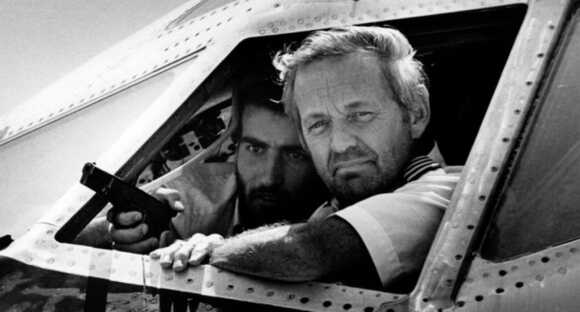
The 1970s represented the Golden Age of aerial piracy. The first recorded aircraft hijacking took place in Mexico in 1929. By the 1970s terrorists had raised it to an art form. The world’s security services eventually devised successful countermeasures against the sordid practice, but in 1972 it was a seller’s market. Everybody was a potential victim, but the Israelis drew more than their fair share.
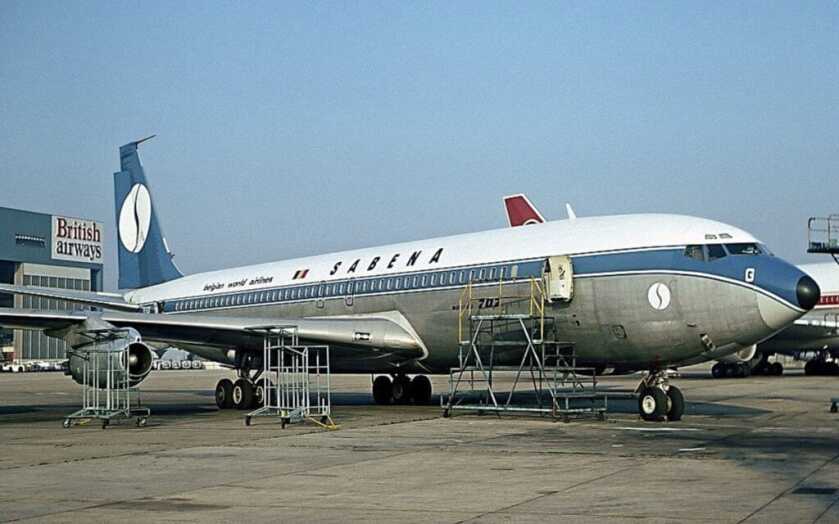
Sabena Flight 571 was a scheduled passenger flight between Brussels, Belgium, and Lod, Israel, with a brief stop in Vienna. This particular Boeing 707 was piloted by a British Captain named Reginald Levy. Flight 571 carried 94 passengers and 7 crewmembers.
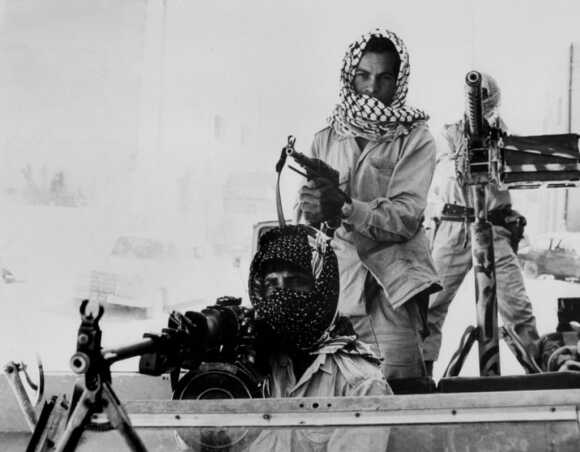
Though they had only met the day prior, two men and two women among the passengers masqueraded as couples. They were members of the infamous Palestinian terror group Black September. Among them they had smuggled aboard two grenades, two handguns, and two explosive belts. Twenty minutes out from Vienna these terrorists seized control of the aircraft. The plane ultimately landed near Tel Aviv, Israel.
The Utmost Delicacy

Ali Taha Abu Snina, Abed al-Aziz Atrash, Rima Tannous, and Theresa Halsa were the four terrorists. They separated the Jews from the rest of the hostages and secured them in the rear of the plane. They then demanded the release of some 315 Palestinian prisoners held in Israeli jails.
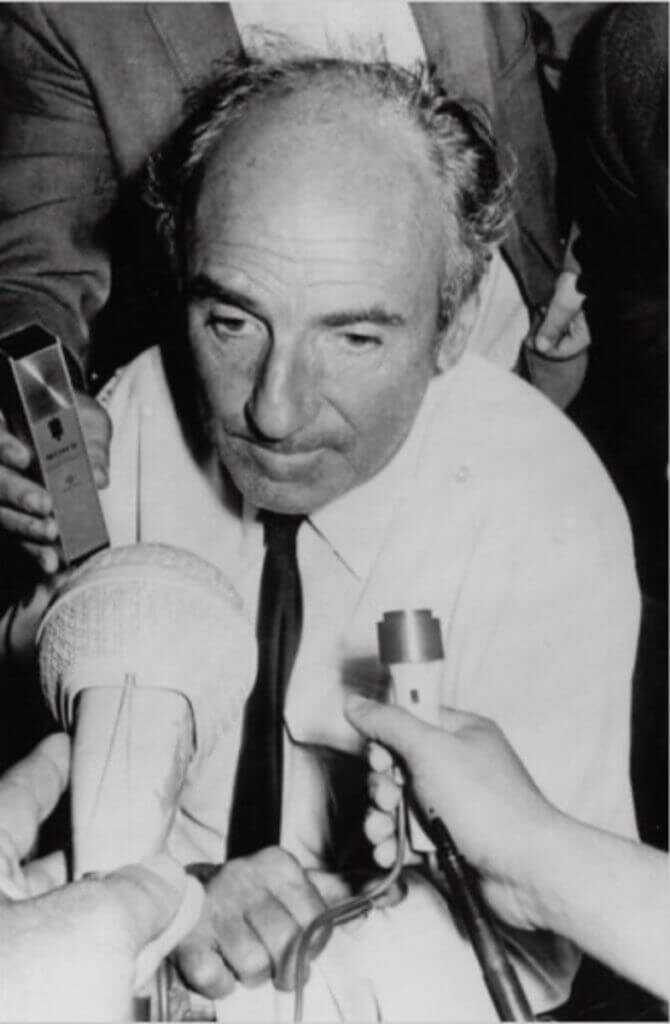
Captain Levy tried his best to remain upbeat. He conversed openly with the hijackers on subjects ranging from aerial navigation to sex in an effort at gaining their trust. Whenever possible he passed on coded messages to the Israeli authorities. Throughout it all he never revealed that his wife Dora was among the passengers in the cabin of the aircraft.
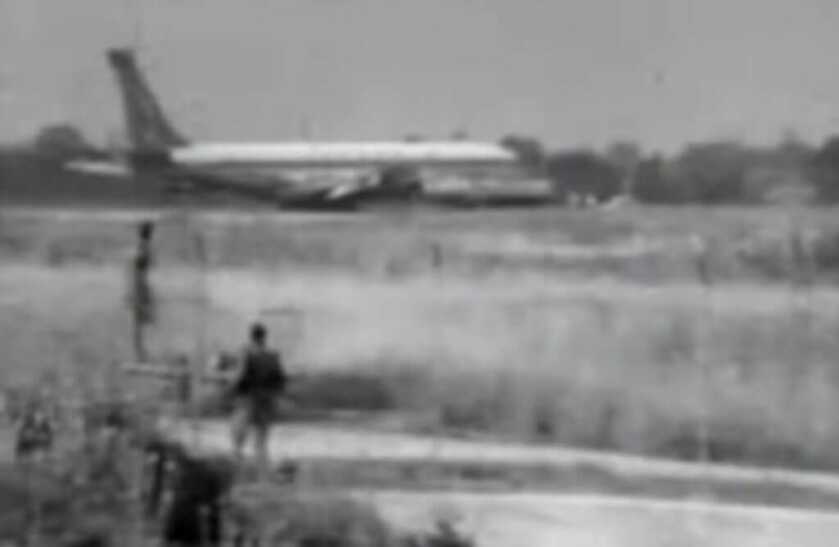
After nightfall of the first day on the ground Israeli security operators slipped up to the aircraft, deflated the tires, and disabled the hydraulic system. In this state the plane was no longer flyable. The terrorists were livid, but Captain Levy kept things from getting out of hand.

At 1600 hours on May 8, 1972, the Israeli Special Forces unit Sayeret Matkal stood ready to assault the plane. They had been given less than 24 hours to prepare. The mission was titled Operation Isotope.
The Assets
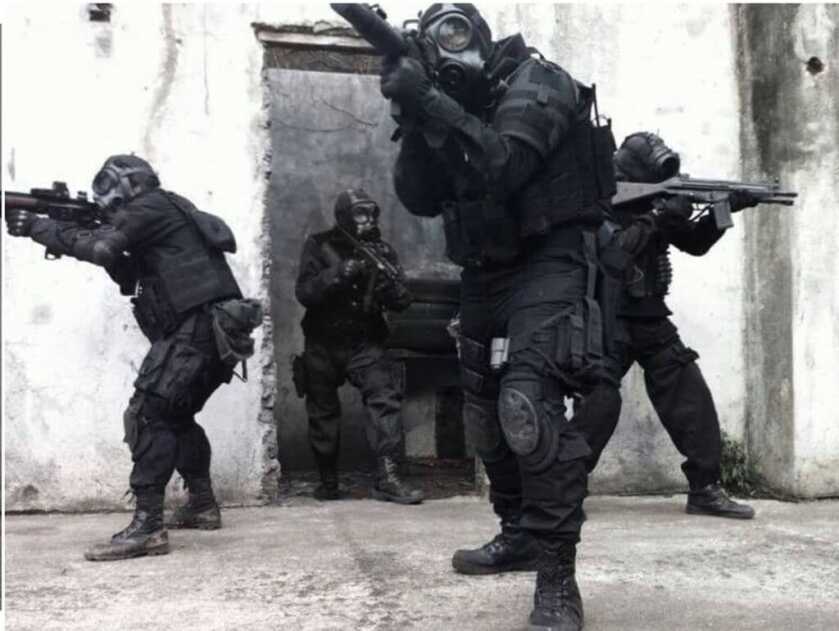
In the early 1970s, Sayeret Matkal and the British SAS were really the only seriously capable Western counter-terror units. Black September launched the attack on the Israeli contingent at the Munich Olympics some four months after the Sabena 571 hijacking. German authorities refused Israeli permission to launch a rescue, but that’s a tale for another day.
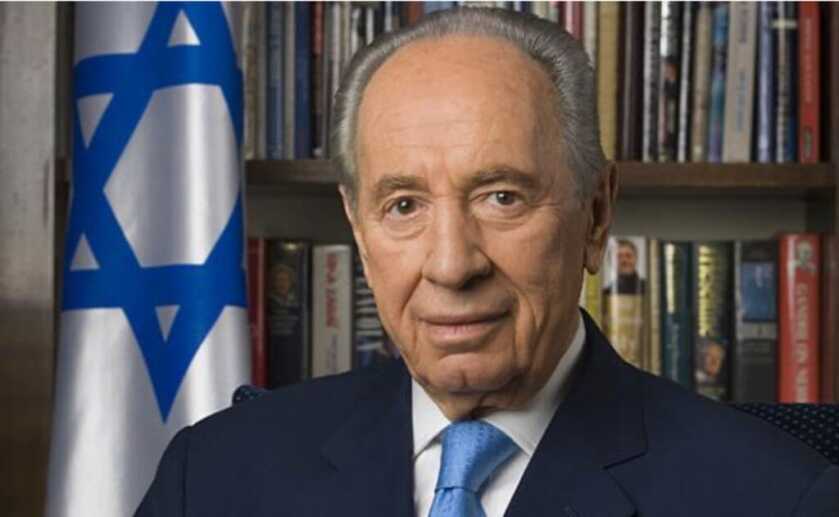


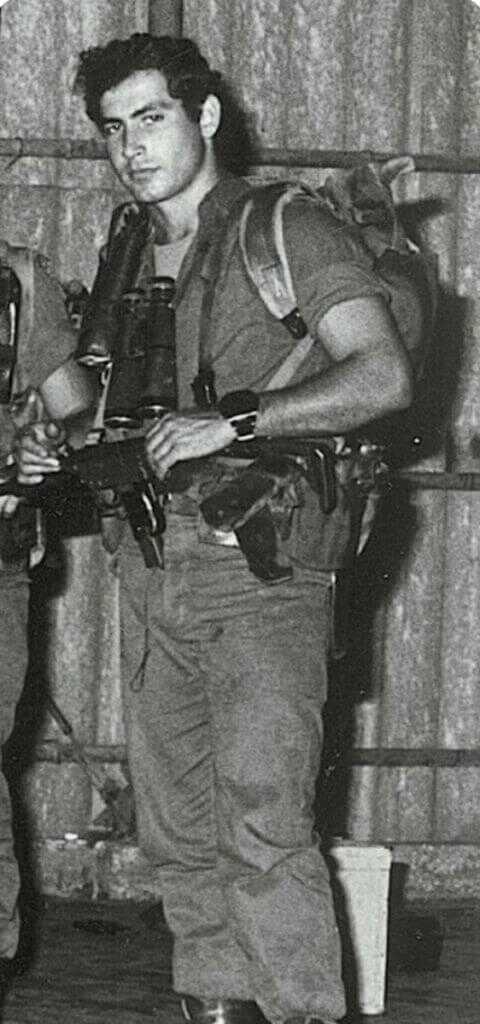
With the hijacked plane successfully immobilized on the tarmac the Israeli government was fully energized. Transportation Secretary Shimon Peres was present. Ariel Sharon, the General in charge of the IDF’s Southern Command was onsite as well. A sixteen-man Sayeret Matkal team commanded by Major Ehud Barak stood ready to assault the plane, while a young Lieutenant named Benjamin Netanyahu was one of Barak’s assaulters. Each of these four men played a critical role in the operation, and each went on to serve as Prime Minister of Israel.
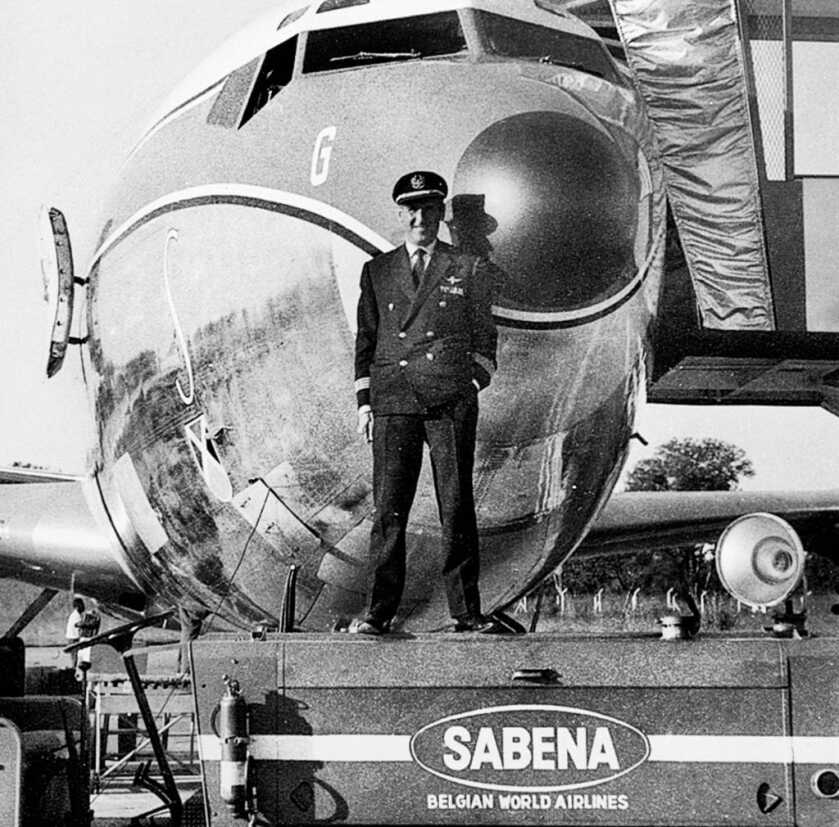
In the hours since the plane had landed Captain Levy was allowed off the aircraft temporarily to verify that the terrorists’ explosives were genuine. During this time the former RAF bomber pilot briefed IDF military planners on the appearance of the hijackers, documented their relative locations within the cabin, and verified that there were no seats blocking the emergency exits. This information was critical for what came next.
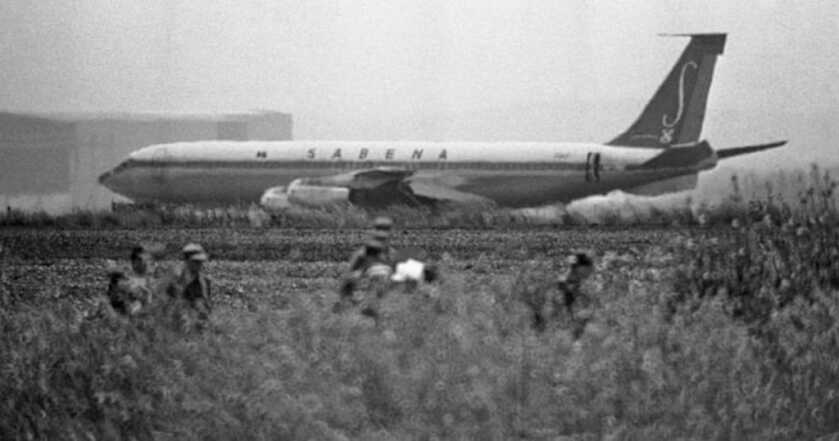
The team had determined dead spaces where they could maneuver around the exterior of the plane without being seen. They carried their weapons concealed so as not to arouse suspicion. With all the pieces in place, Barak’s unit got the green light to execute.
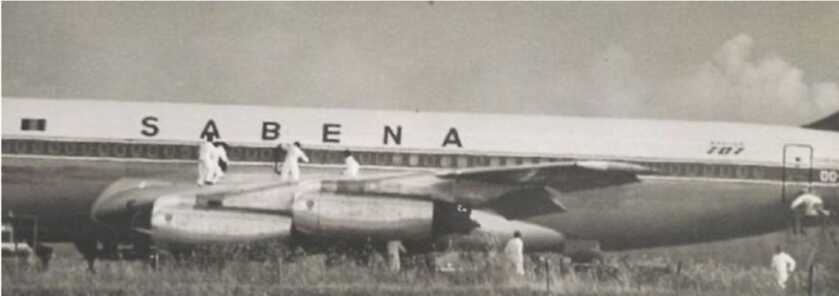
Dressed in white maintenance coveralls the sixteen-man team approached the plane with the ostensible purpose of repairing the hydraulic system per the terrorists’ demands. Once underneath the aircraft, they positioned themselves to breach the plane at five separate entry points. With contingents stacked outside the main entrance door, the rear door, the emergency exit, and both over-wing doors the team struck simultaneously.
The Weapons
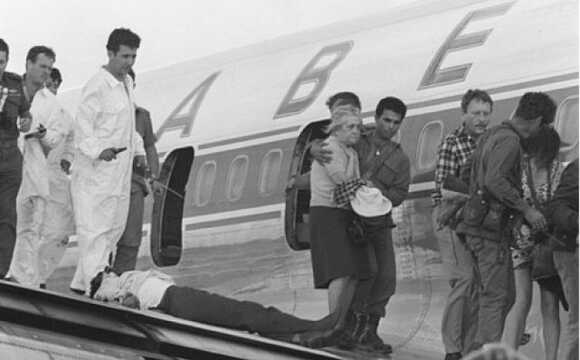
The terrorists were purportedly armed with revolvers but I was unable to ascertain what sort. Captain Levy’s account of the assault stated that most of the team members wielded Uzis. Photographs of the immediate aftermath of the attack showed at least one Israeli soldier armed with a fixed-stock AK47. The autoloading handgun carried by Major Barak appears to be a Browning Hi-Power.

The Uzi was designed in the late 1940’s by Major Uziel Gal and first saw service in 1954. An open-bolt, selective-fire 9mm submachine gun, the Uzi was produced predominantly of heavy steel pressings that could be churned out en masse by semiskilled workers. The Uzi was intended to provide the fledgling state of Israel with a reliable domestically-produced Infantry combat weapon whose availability was not dependent upon arms embargoes.
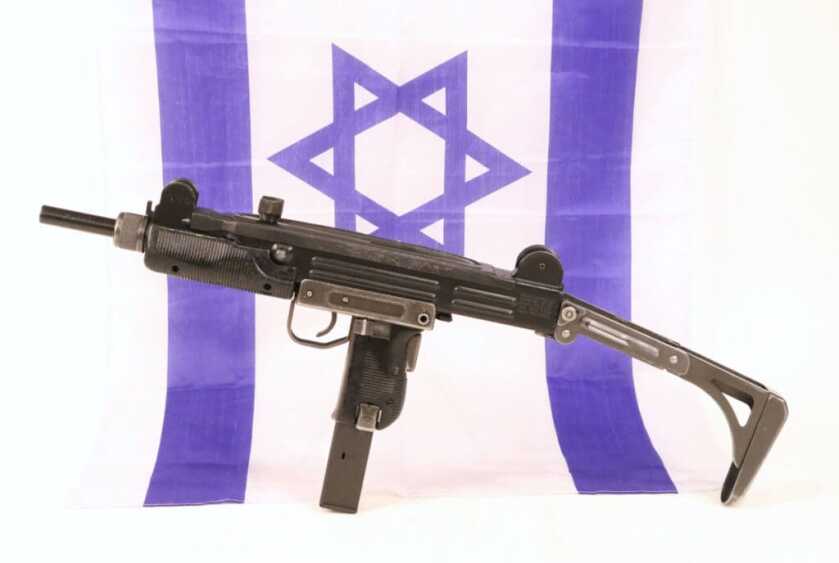
The Uzi is the most produced SMG in history with some ten million copies extant. It has seen service around the globe. The gun remains in production in various forms even today.

At 7.72 lbs empty the Uzi is heavy. However, the overhung bolt keeps the length short, while the weapon’s mass makes it eminently controllable. The gun feeds from either 25 or 32-round box magazines and cycles at around 600 rounds per minute.
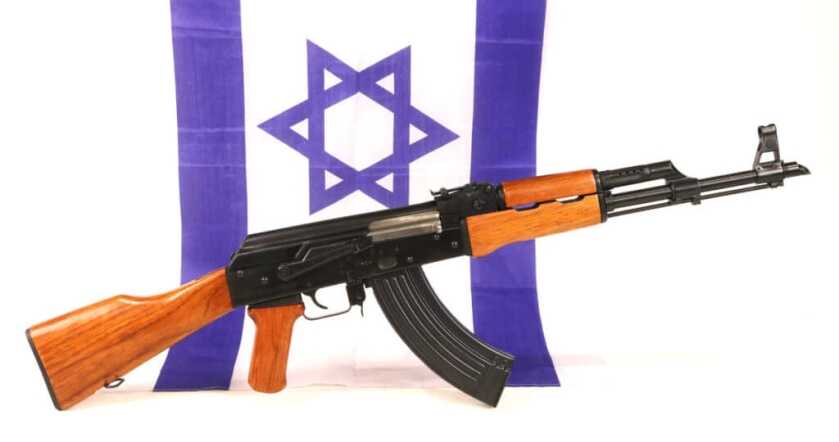
The history of Mikhail Timofeyevich Kalashnikov’s AK47 has been exhaustively reviewed in this venue previously. While the ergonomics are yesterday’s news, the utilitarian AK sets the international standard for reliability among military weapons. Throughout my shooting career I have induced a few stoppages on AK rifles but not many.
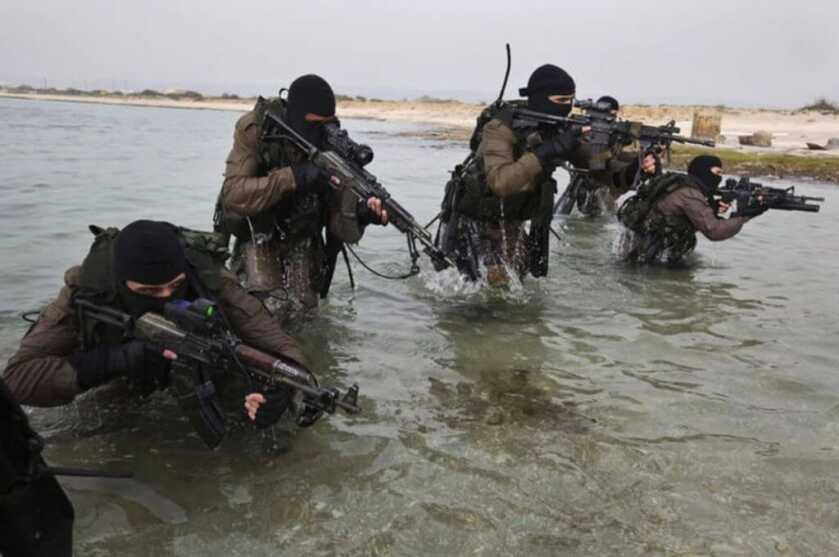
There are upwards of 100 million copies in service. Israel’s Navy SEALs, Shayetet 13, are known to use AK rifles operationally even today. Israel captured untold thousands of AK rifles during its sundry wars with the Arabs, so they have plenty from which to draw.
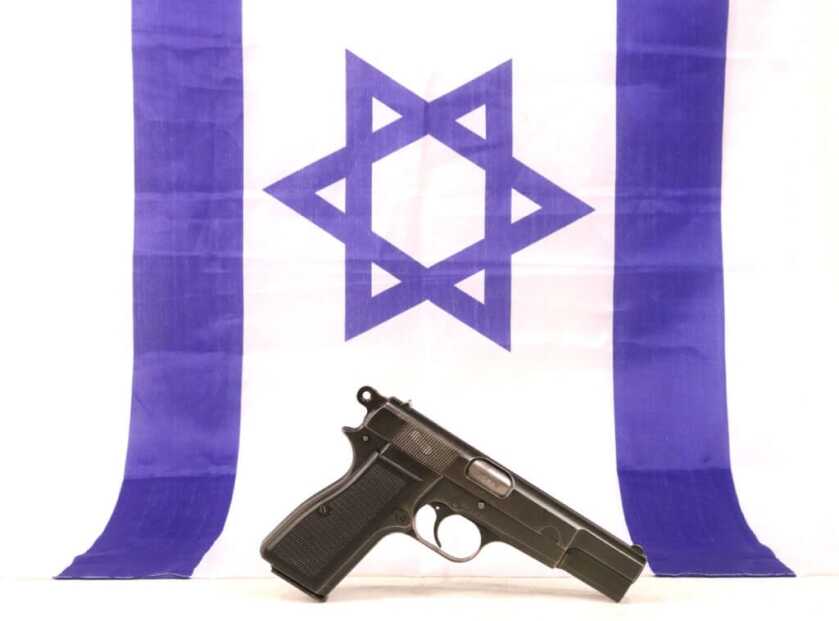
The P-35 Browning Hi-Power was a collaborative effort between American firearms luminary John Moses Browning and the esteemed Belgian designer Dieudonne Saive. The P-35 pioneered the double column, single feed high-capacity magazine as well as the short recoil operating system. Today almost every major combat handgun on the planet uses this rugged and reliable method of operation.
The Assault

In 1972 counter-terror operations were in their infancy, but the Israeli Sayeret Matkal represented the state of the art. Famed one-eyed IDF General Moshe Dayan coordinated the operation. He had even arranged for a contingent of Israeli soldiers to be dressed as Palestinians and placed on a nearby airplane ostensibly to comply with the hijackers’ demands.
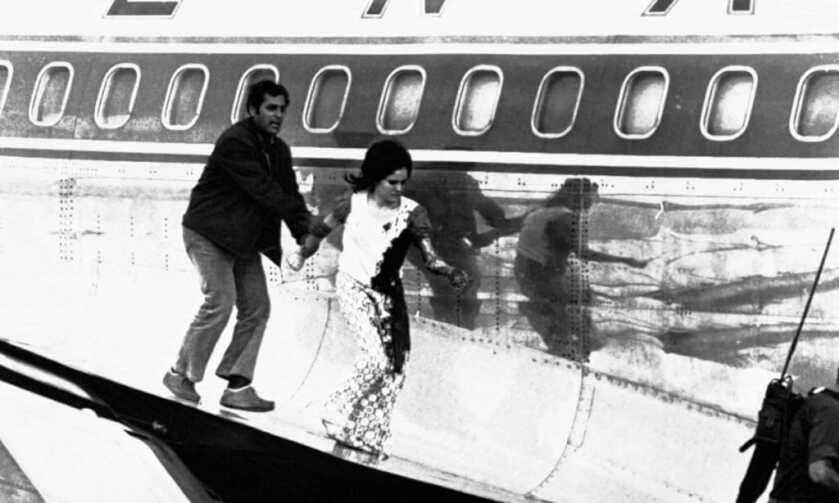
Captain Levy said that the unit simultaneously burst into the cabin at multiple points and cleared it in teams of two moving back-to-back while wielding Uzis. The two male terrorists were killed immediately. The two female terrorists were subdued. Two passengers were wounded in the exchange of fire. One, a 22-year-old woman named Miriam Anderson, was shot in the head and killed.
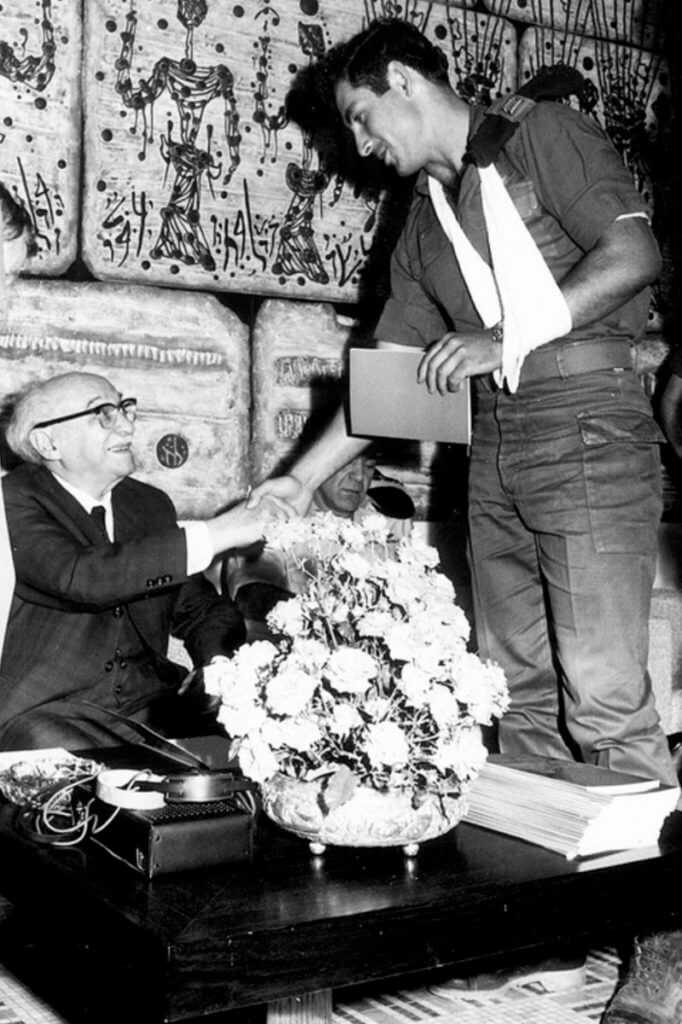
With the primary shooters neutralized, the first task was to locate and disarm the explosives. Lieutenant Netanyahu shouted at Halsa in English demanding to know where the explosives were planted. Dissatisfied with the pace of this ad hoc interrogation another IDF commando named Marko Ashkenazi struck the woman with his handgun. The weapon discharged and the bullet passed through the female terrorist and into Netanyahu’s bicep. LT Netanyahu was the only Israeli commando injured in the operation. The explosive belts were eventually located and disarmed.
The Rest of the Story
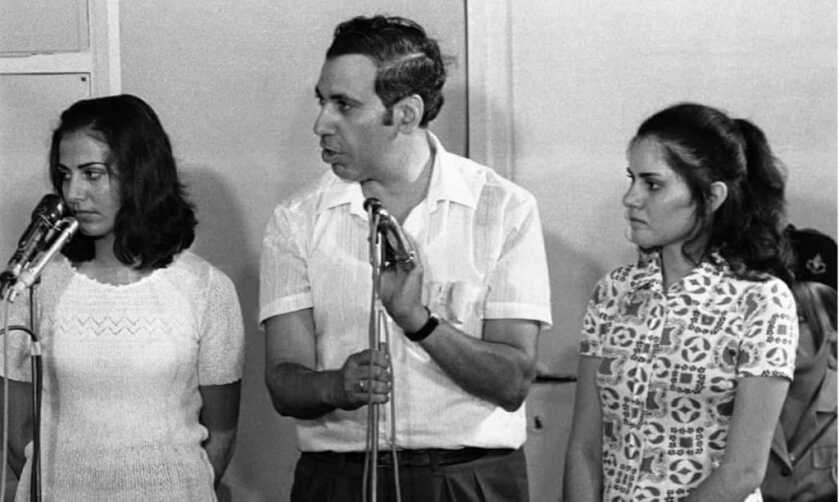
The two surviving female hijackers were sentenced to 220 years in prison but were both released as part of a prisoner swap with the PLO in 1983. Theresa Halsa, an Israeli-born Arab nurse, eventually married and had two sons and a daughter. She lived peacefully in Jordan for years working as a care worker for disabled people. Halsa died in March of 2020 at age 65.
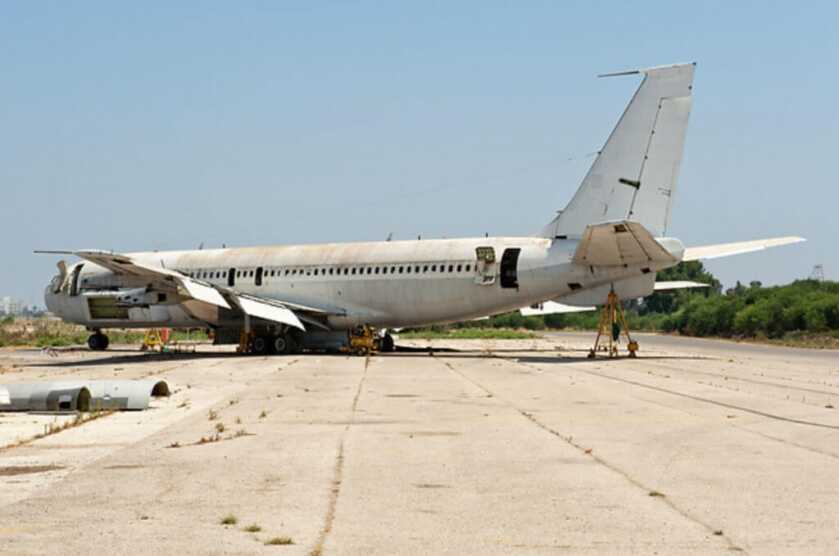
Sabena put the 707 back into service as soon as it could be cleaned up. The plane flew for another five years until it was purchased by Israel Aircraft Industries. The jet was later transferred by the Israeli Air Force and used as a spy plane.

Captain Levy was a Jew and a veteran of both long-range bombing missions over Germany during the Second World War as well as the relief operations of the Berlin Airlift. He was heralded as a hero by the nation of Israel. He turned fifty on the day of the rescue. Captain Levy retired from flying in 1982 and died in Dover, England, in 2010.
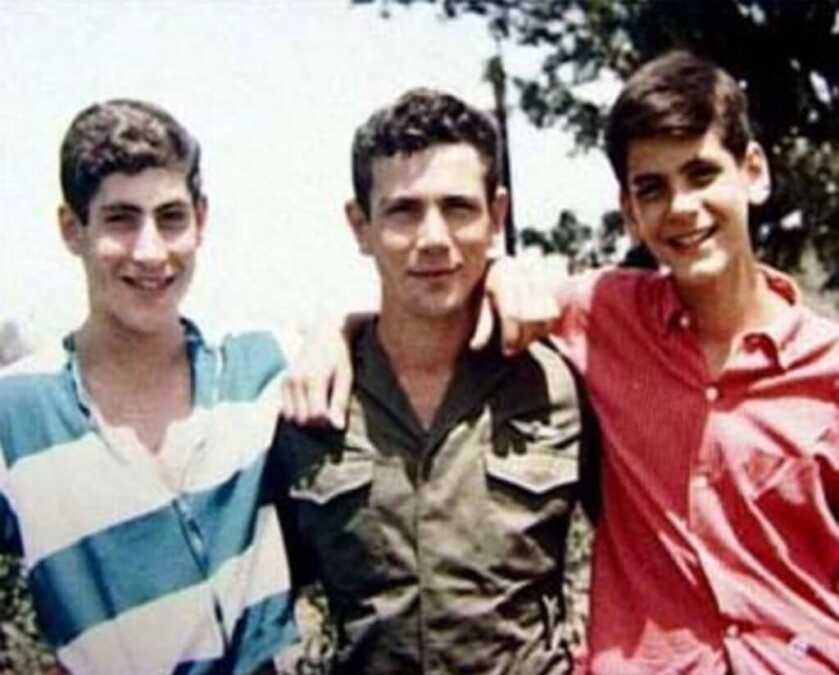
While lying wounded on the tarmac Benjamin Netanyahu was supported by his older brother, Jonathan, himself also a member of the elite Sayeret Matkal unit. Jonathan commanded the team that four years later rescued 102 Jewish hostages from PLO terrorists at Entebbe Airport in Uganda. He was the mission’s only KIA. His brother Benjamin serves as Prime Minister of Israel today.



Bibi is the real deal badarse!
For as long as he is righteous may his sword prosper and may those who come against him be brought low
As much as I love our American elite fighting forces, I don’t think there’s any group that fights more fiercely determined than the Israelis.
Man, Jews are bad asses.
Fascinating, always learn something new from these articles, keep up the good work!
Love those Israelis! Great people, sharp and tough. Superb article!
More great history…thank you!
Another great article, Will! I look forward to your narratives and always learn something.
One correction: the photo of “Transportation Minister, Ariel Sharon“ is, of course, actually Transportation Minister Shimon Peres.
Another interesting and outstanding story sir. Thank you.
My take away is “Don’t Fu*k with Israel “!
Very interesting.